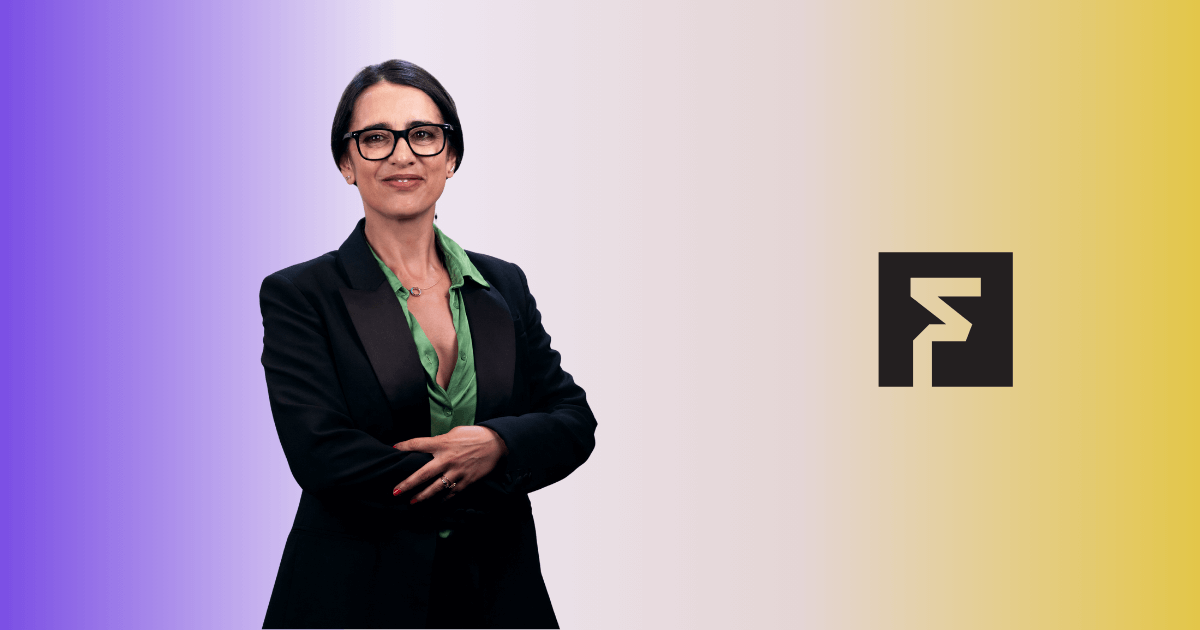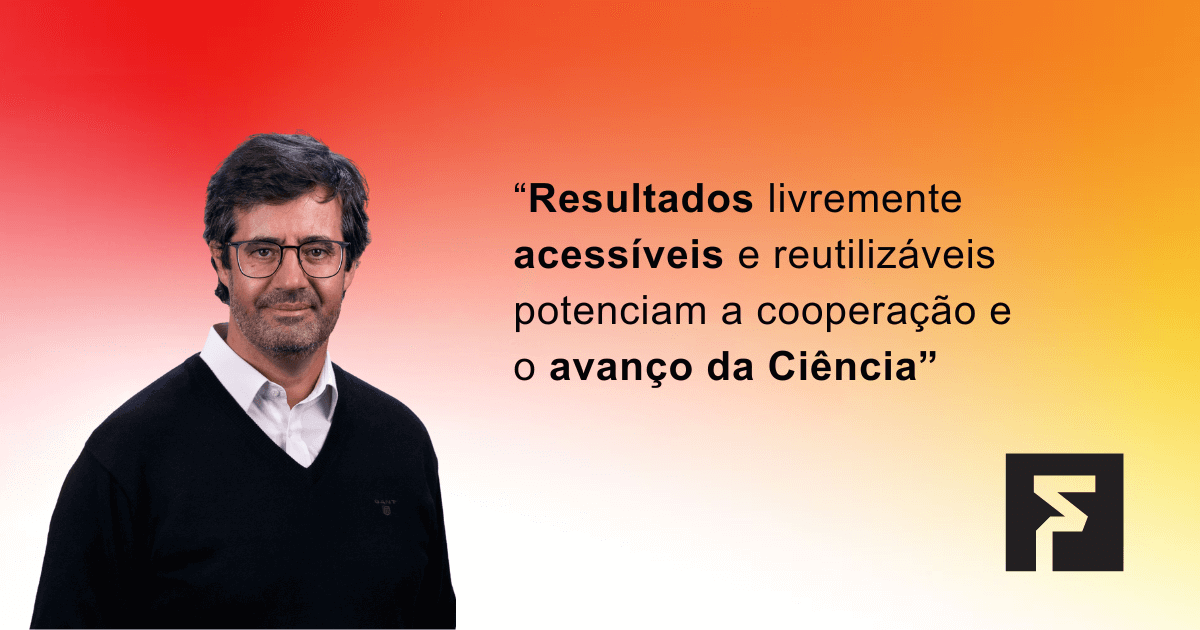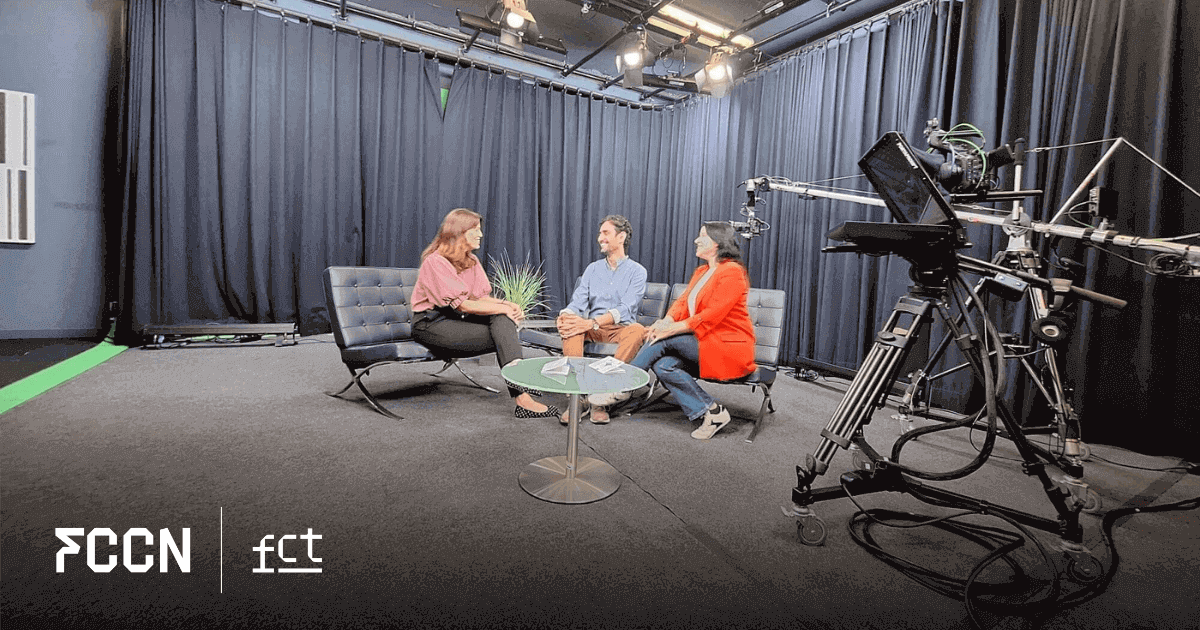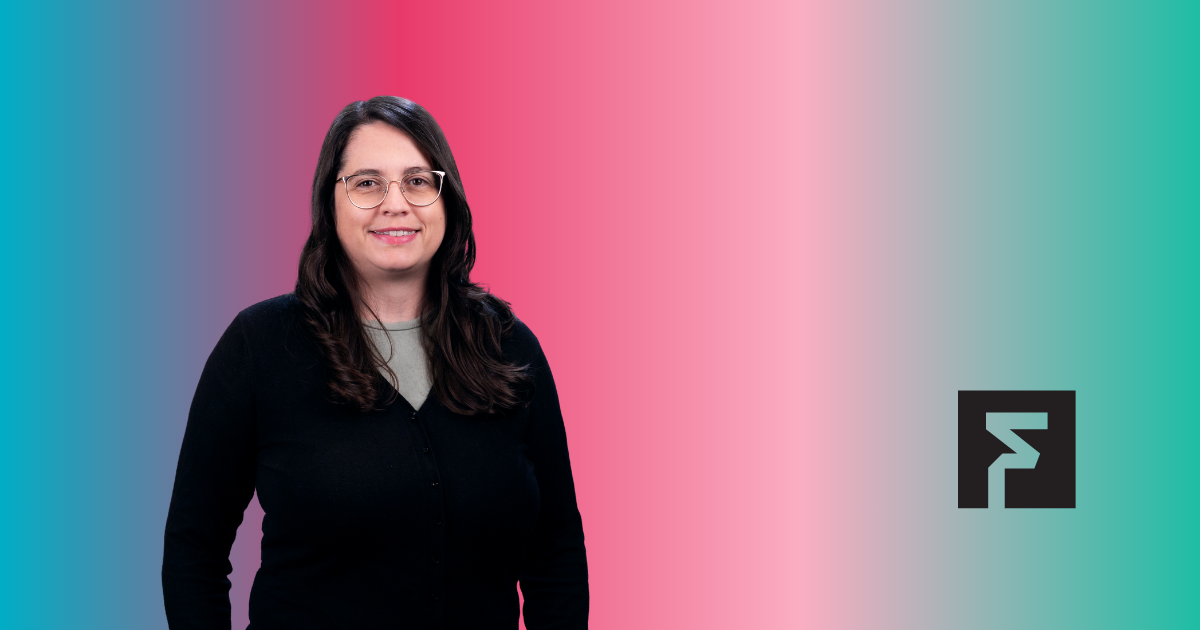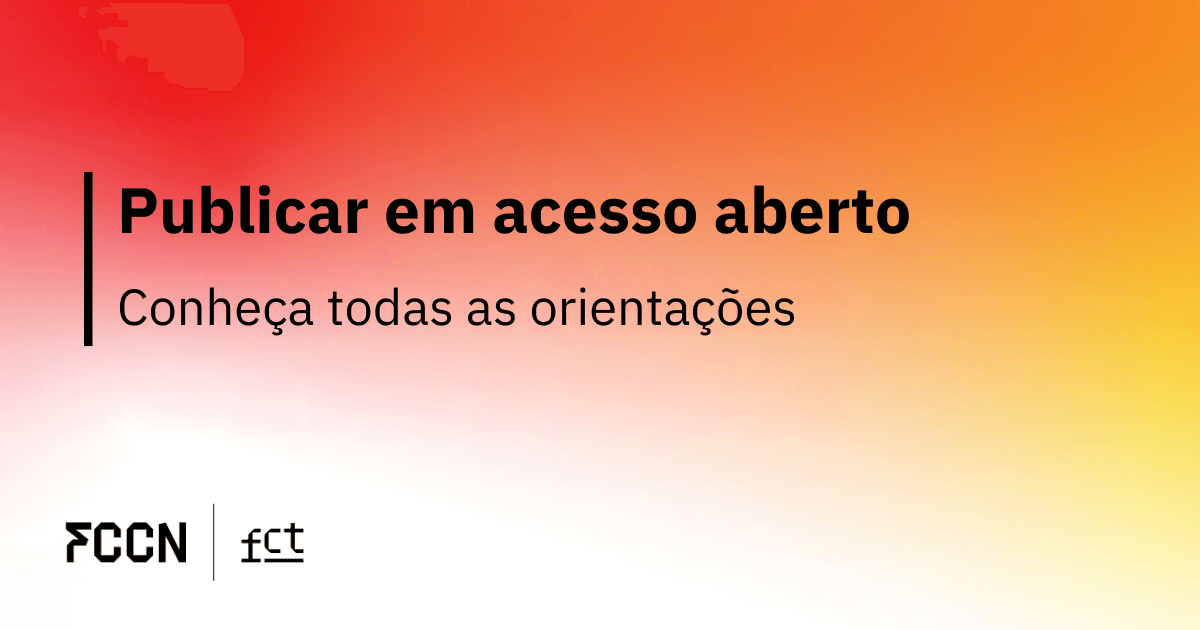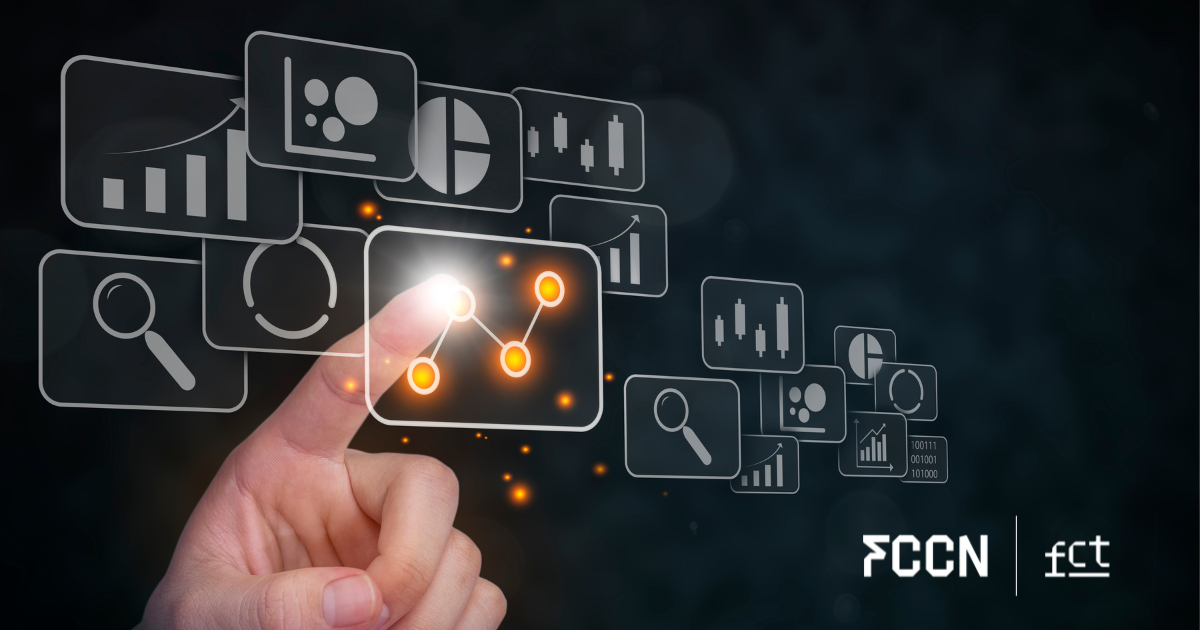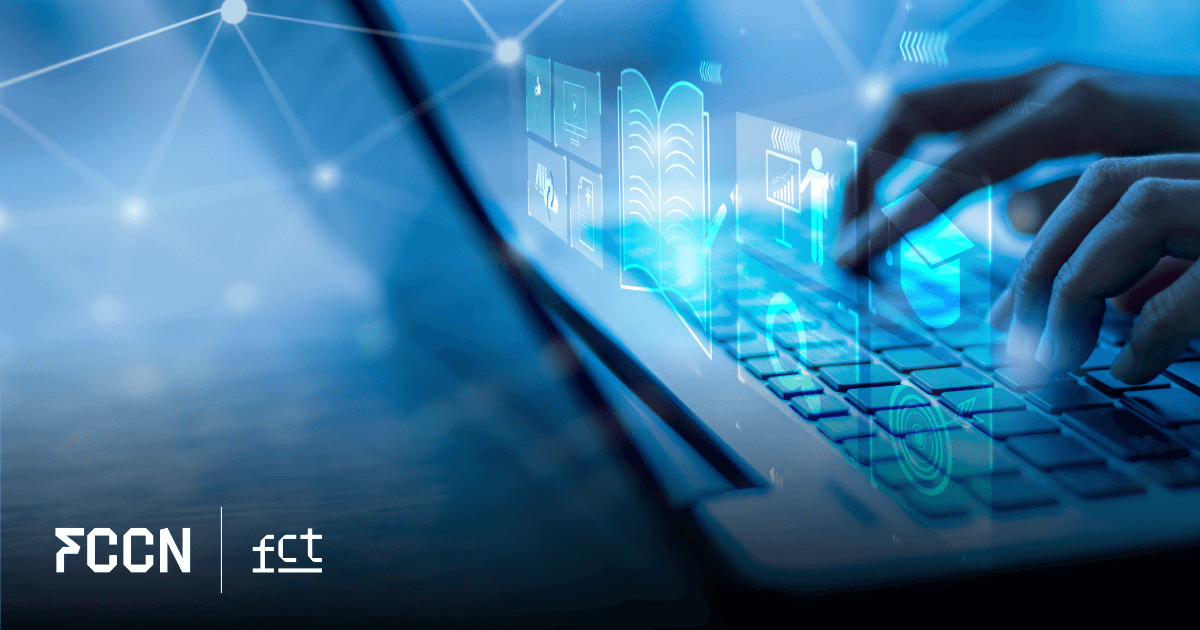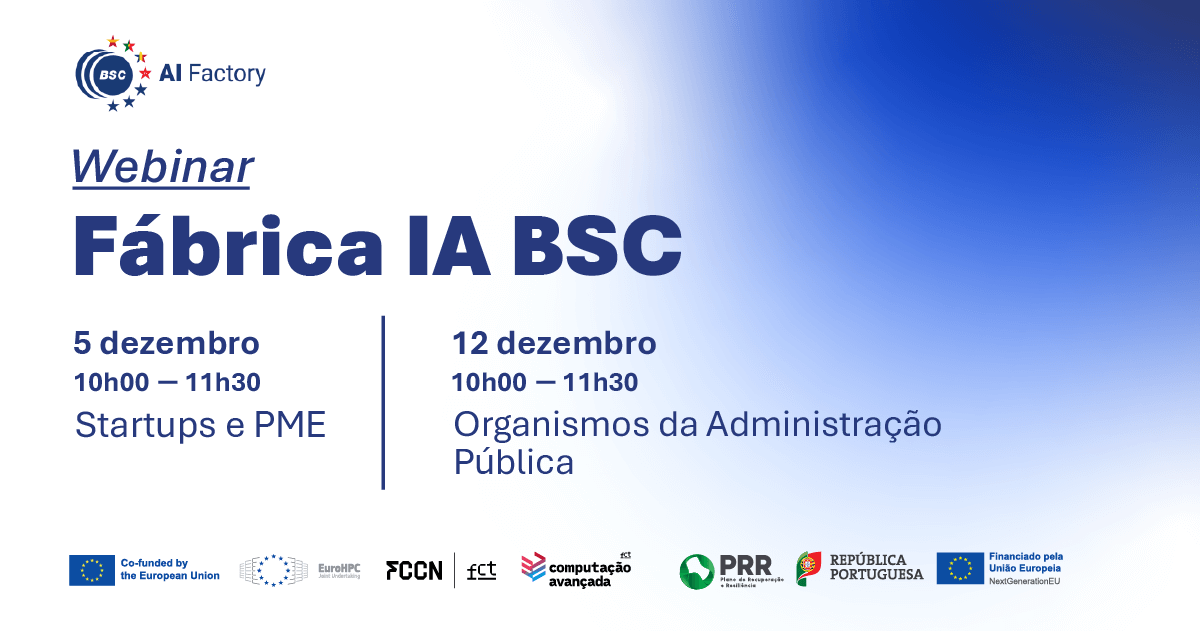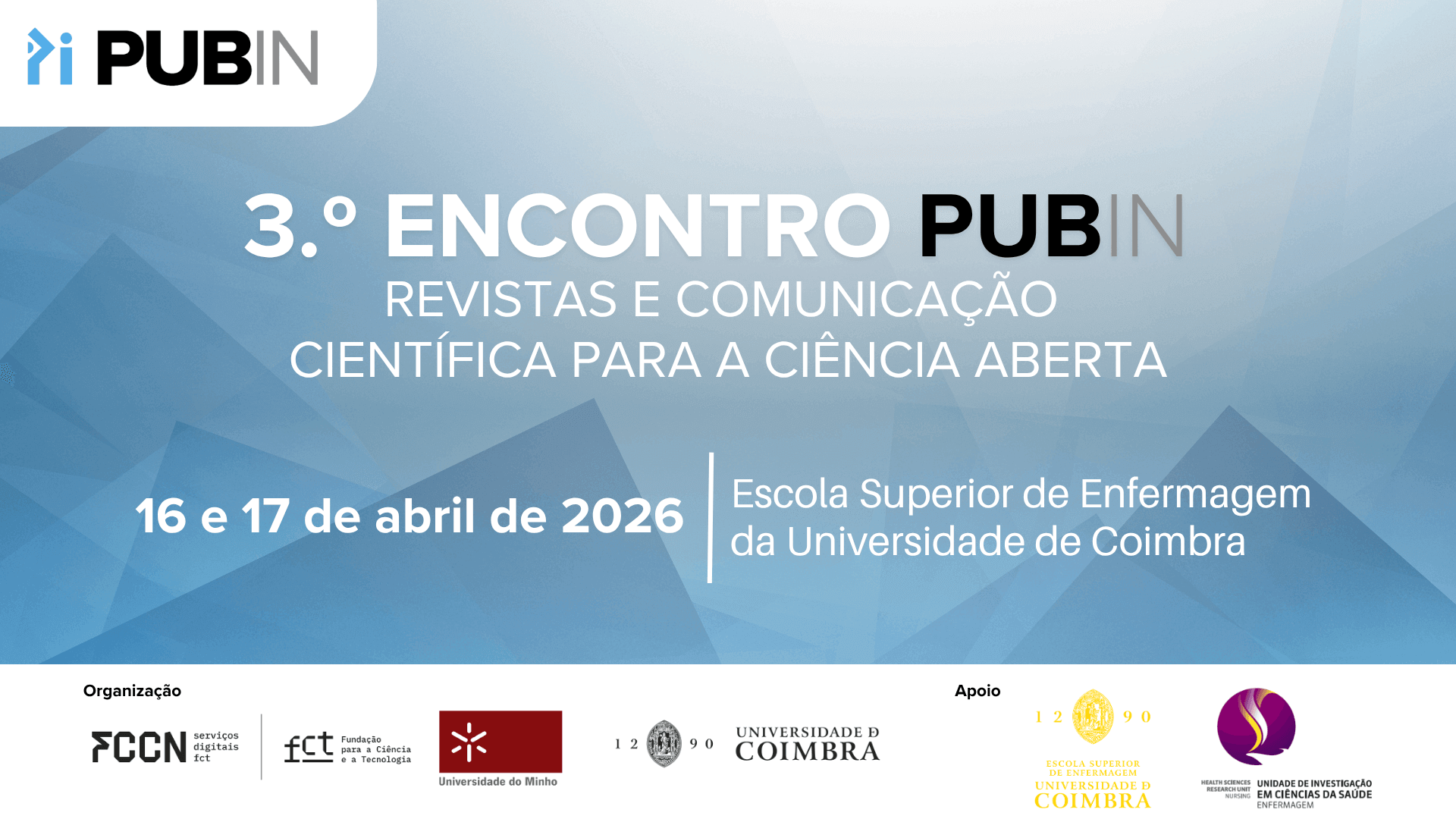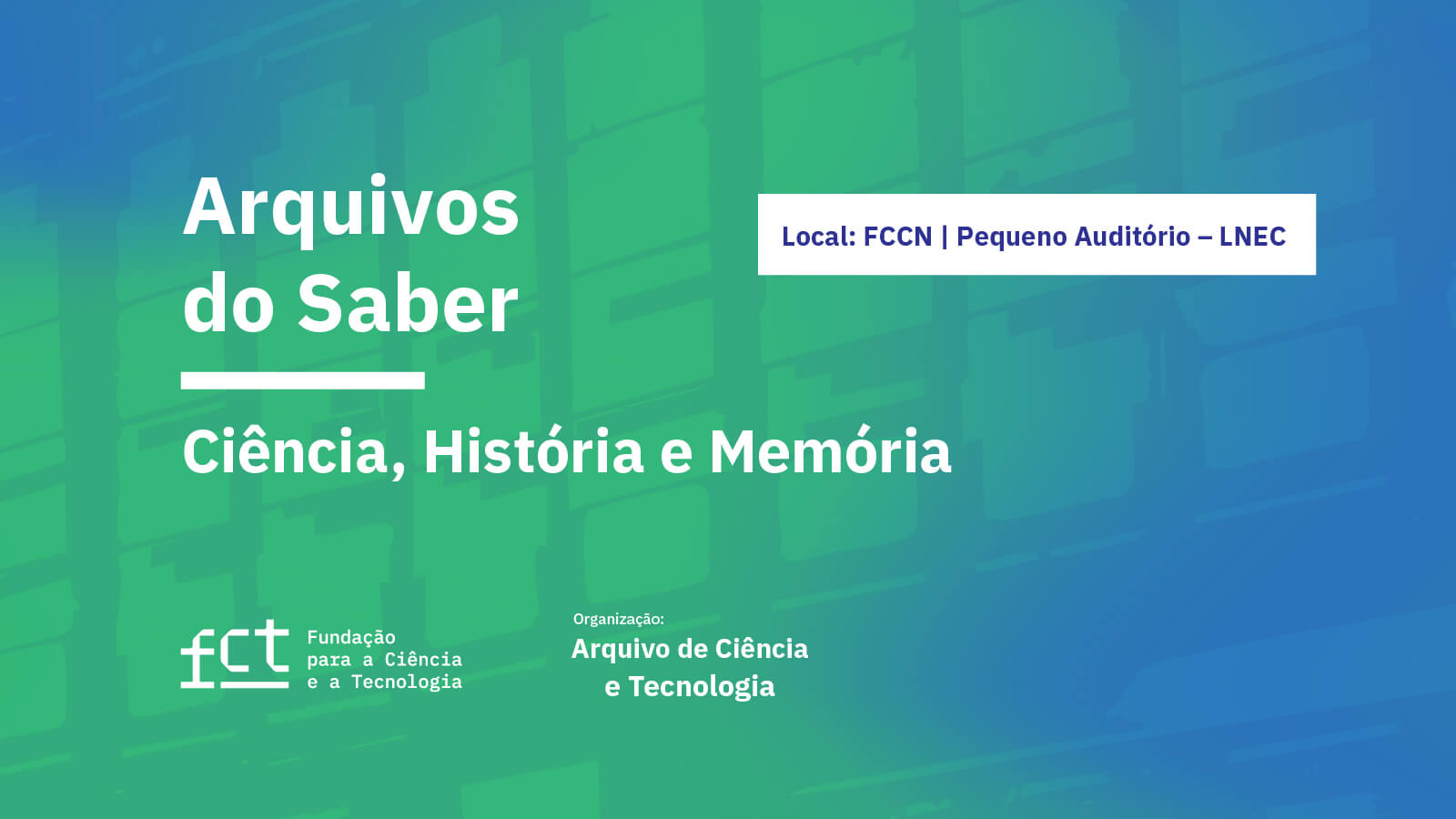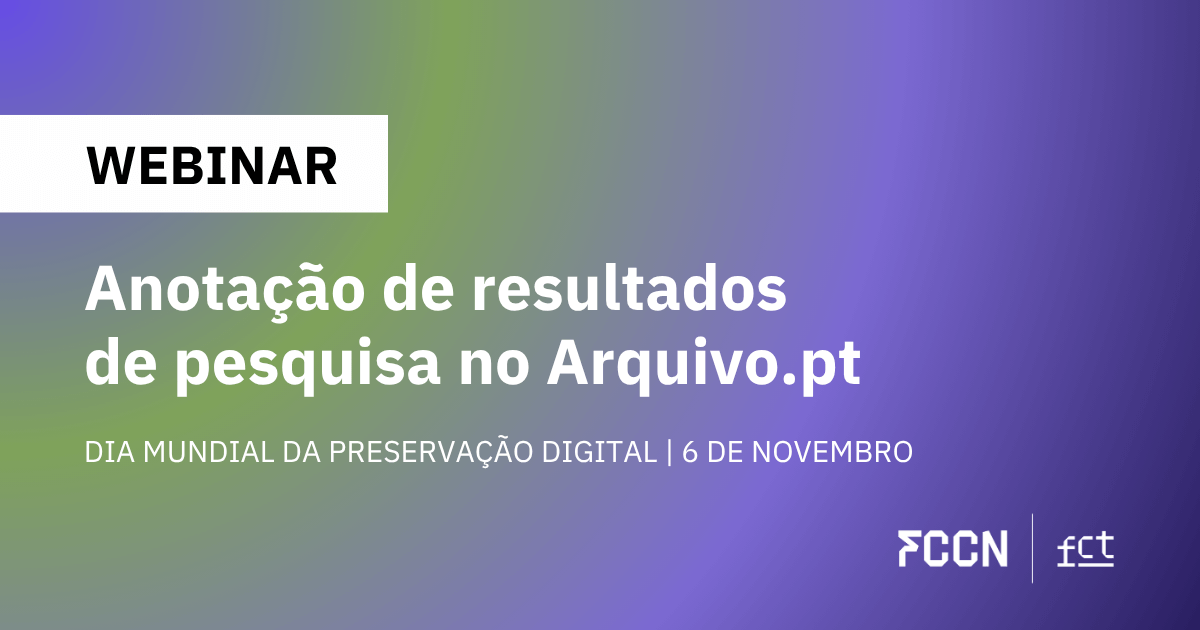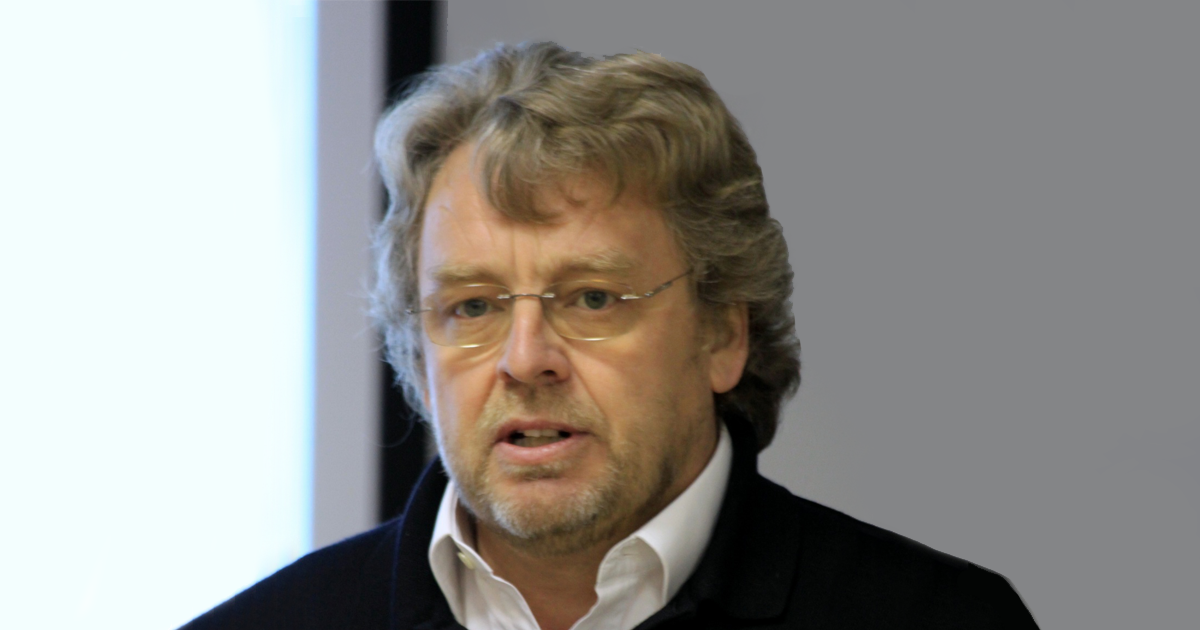
In conversation with FCCN, Edmundo Monteiro, Full Professor at the Faculty of Science and Technology of the University of Coimbra (FCTUC), and also Senior Researcher at the Center for Informatics and Systems of the University of Coimbra (CISUC), recalls the main moments and shares memories of when he participated in the first internet connections.
#1 It's been 30 years since Portugal's internet connection. Could you describe the role of the FCCN Unit (then the Foundation for the Development of National Scientific Calculation Resources) in this process?
The FCCN was instrumental in creating the network (then called RCCN – National Scientific Community Network and later renamed RCTS – Science, Technology and Society Network) that interconnected the main universities and research centers in Portugal and gave them access to the Internet.
#2 As a member of the team that implemented the project to connect Portugal to the Internet, what can you tell us about that time and that experience?
These were unforgettable times and experiences!
It all started in October 1987 when I was invited to join the FCCN's IP Forum working group (later the Internet Protocol Working Group, IP-WG), which aimed to create an IP network to interconnect universities in Portugal and give them access to the Internet.
At that time, and at the recommendation of FCCN, I also began participating in the RARE association (Réseaux Associés pour la Recherche Européenne), a European organization of national research networks and their users whose main objective was to establish a European-wide academic and research network based on OSI protocols.
I was thus directly involved in the war between the OSI and IP communities, which at the time almost resembled a religious war. At RARE (and in the European Community in general), no one was allowed to talk about IP. Funding came from the COSINE Project – Cooperation for OSI in Europe – of the European Eureka program, which aimed to create a Europe-wide OSI network.
In Portugal, we took a pragmatic approach, following the guidelines of the COSINE Project (funding depended on it), and simultaneously developing an IP infrastructure. Fortunately, the CISCO routers that emerged at the time supported both protocol stacks. Thus, we had both solutions (OSI and IP) operating in parallel for some time, with the IP solution prevailing. The OSI solution still uses X500-based Directory Services today, and many other advanced features have been migrated to IP applications.
The University of Coimbra was connected to the Internet in 1990 through an IP over X.25 solution and, later, on January 29, 1991, through a dedicated line with a staggering 64 kb/s capacity. It was clearly the most important thing I did for my university (in a team with my colleagues Fernando Boavida and João Orvalho), and I'm incredibly proud of it!
#3 Over the next three decades, we witnessed an exponential evolution of the Internet and underlying technologies. Was this something you anticipated as the path forward in the early 1990s? Was its impact on society foreseeable?
In the beginning, we clearly didn't anticipate what would happen. It was just a network for exchanging email and files, and accessing news and discussion forums. With the advent of Gopher (an ancestor of HTTP) and the first WWW browser (Mosaic), we began to gain some awareness of what was to come and the revolution we were participating in.
#4 Do you feel that the online world today fits, globally, with the objectives and mission that were advocated in 1991?
The Internet revolution has radically and profoundly transformed society. It has brought innovation, development, information, knowledge, efficiency, and entertainment at levels and timescales unmatched by previous technological revolutions. It has had (and continues to have) a clearly positive impact on humanity and the planet. Now, like all inventions and innovations, there are less positive and even very negative aspects and uses, but that's not the fault of its creators.
FCCN
FCCN has also evolved over these 30 years. Learn about the challenges and the who serves.
